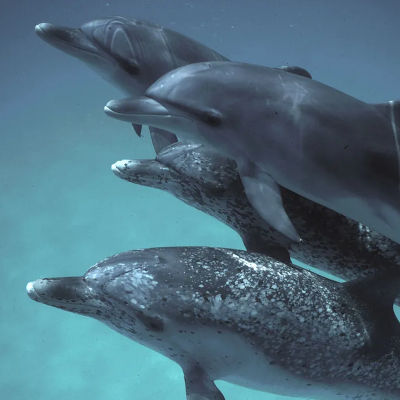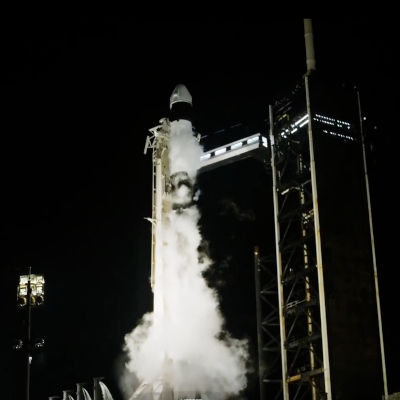Signs of life on exoplanet K2-18b excite astronomers
Apr. 17, 2025.
2 mins. read.
5 Interactions
New telescope data reveals possible biosignatures, hinting at life on a distant ocean-covered world in the habitable zone.
Astronomers have found clues of life on exoplanet K2-18b. They have used the James Webb Space Telescope (JWST).
Their research, accepted for publication in The Astrophysical Journal Letters, is covered by major news outlets like BBC News and The New York Times (unpaywalled copy).
K2-18b orbits its star in the habitable zone. The habitable zone is where water can exist as liquid.
The astronomers have detected chemicals called dimethyl sulfide (DMS) and dimethyl disulfide (DMDS) in K2-18b’s atmosphere. On Earth, only living things like ocean plankton make DMS and DMDS. A biosignature is a sign of life. These chemicals might be a biosignature on K2-18b. However, unknown processes could also create them.
The findings show a three-sigma level of certainty. Three-sigma means there is a 0.3% chance the results are random. Scientists need a five-sigma level for a confirmed discovery. Five-sigma means a 0.00006% chance of randomness. The astronomers need 16 to 24 more hours of JWST observation. This could confirm the findings.
K2-18b is 124 light years away in Leo constellation. It is 8.6 times heavier and 2.6 times larger than Earth. Earlier studies found methane and carbon dioxide in its atmosphere. These are carbon-based molecules. They suggest K2-18b might be a Hycean planet. A Hycean planet has oceans and a hydrogen-rich atmosphere.
How Astronomers Detect Chemicals
Astronomers study starlight to learn about K2-18b’s atmosphere. When K2-18b passes in front of its star, starlight dims. Some light travels through the planet’s atmosphere. The atmosphere absorbs parts of the light. This leaves patterns in the light. Scientists analyze these patterns to identify gases. They use JWST’s instruments for this. NIRISS and NIRSpec cover near-infrared light. MIRI covers mid-infrared light. The new MIRI data confirms the DMS and DMDS signals. The signals are strong and clear.
DMS and DMDS levels on K2-18b are high. On Earth, they are very low. K2-18b has over ten parts per million. Earth has less than one part per billion. Scientists predict Hycean planets could have such sulfur gases. The data fits this idea. However, researchers remain careful. Unknown chemical processes might explain the findings. They plan more observations and studies. This ensures the results are reliable. The discovery could answer if life exists beyond our solar system. Future telescopes will help explore this question further.
Let us know your thoughts! Sign up for a Mindplex account now, join our Telegram, or follow us on Twitter.


.png)

.png)


.png)





2 Comments
2 thoughts on “Signs of life on exoplanet K2-18b excite astronomers”
These news always remind be to wonder how much information can be acquired just by studying light.
🟨 😴 😡 ❌ 🤮 💩
Testing comments from iOS app (beta).
🟨 😴 😡 ❌ 🤮 💩